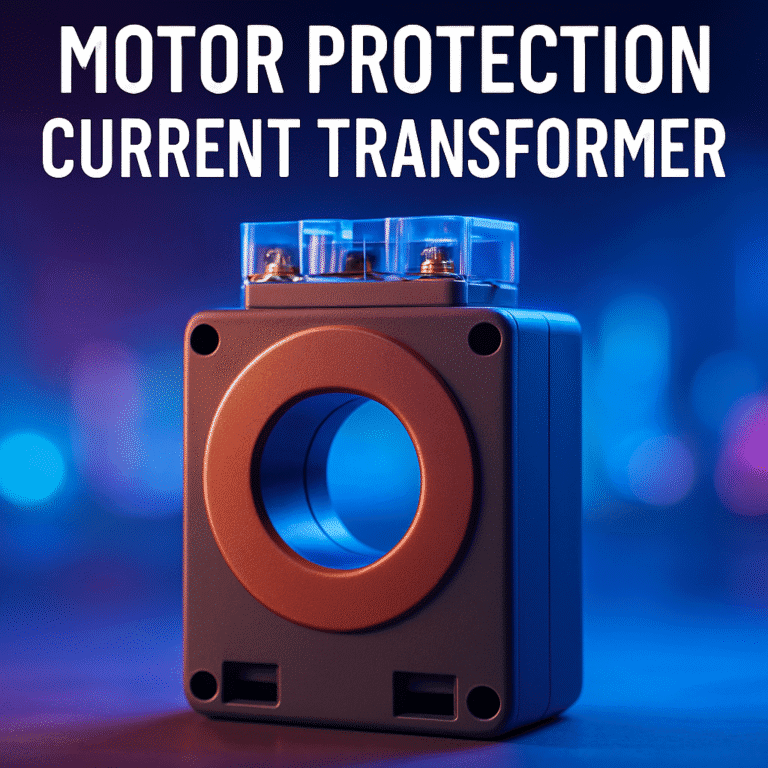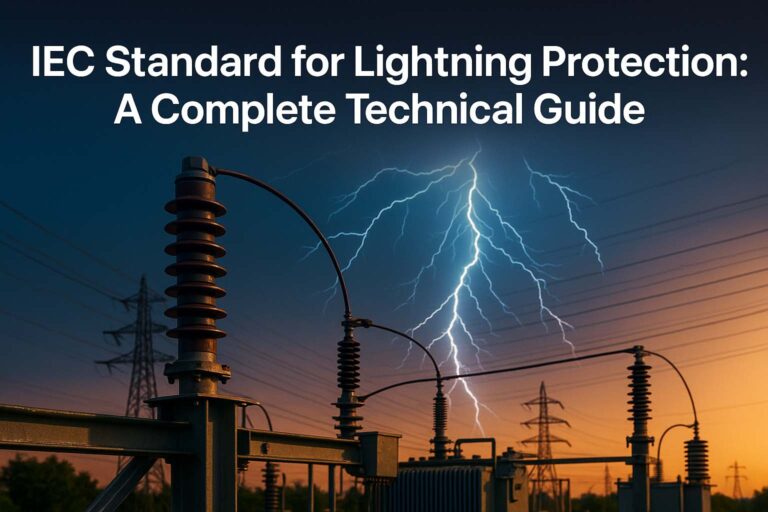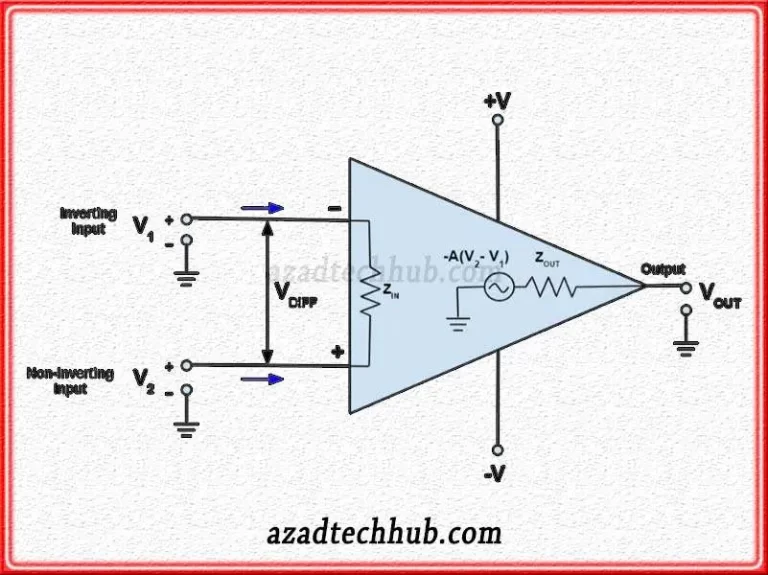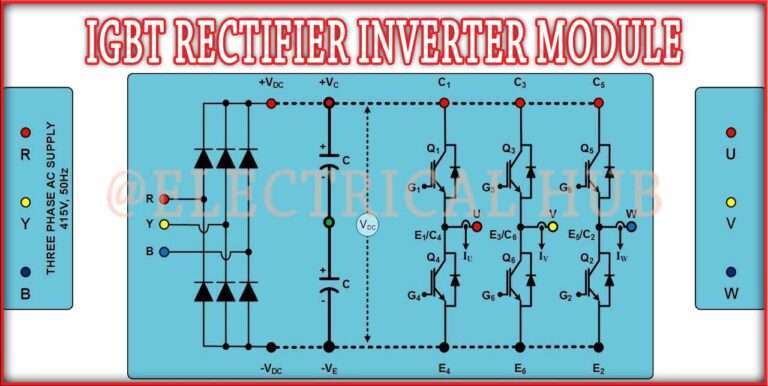IEC Standard for Basic Insulation Level
Understanding the IEC Standard for Basic Insulation Level
The IEC standard for basic insulation level (BIL) plays a key role in high-voltage equipment design. It ensures that electrical systems can withstand overvoltages without breaking down. The International Electrotechnical Commission (IEC) provides globally recognized standards for power equipment. Among these, BIL is one of the most essential parameters for insulation coordination.
The purpose of BIL is to define the voltage surge capability of electrical insulation. This is crucial in transmission and distribution networks where lightning strikes, switching operations, or faults can produce high voltage surges. By specifying the correct BIL, engineers can protect equipment from damage and ensure long-term reliability.
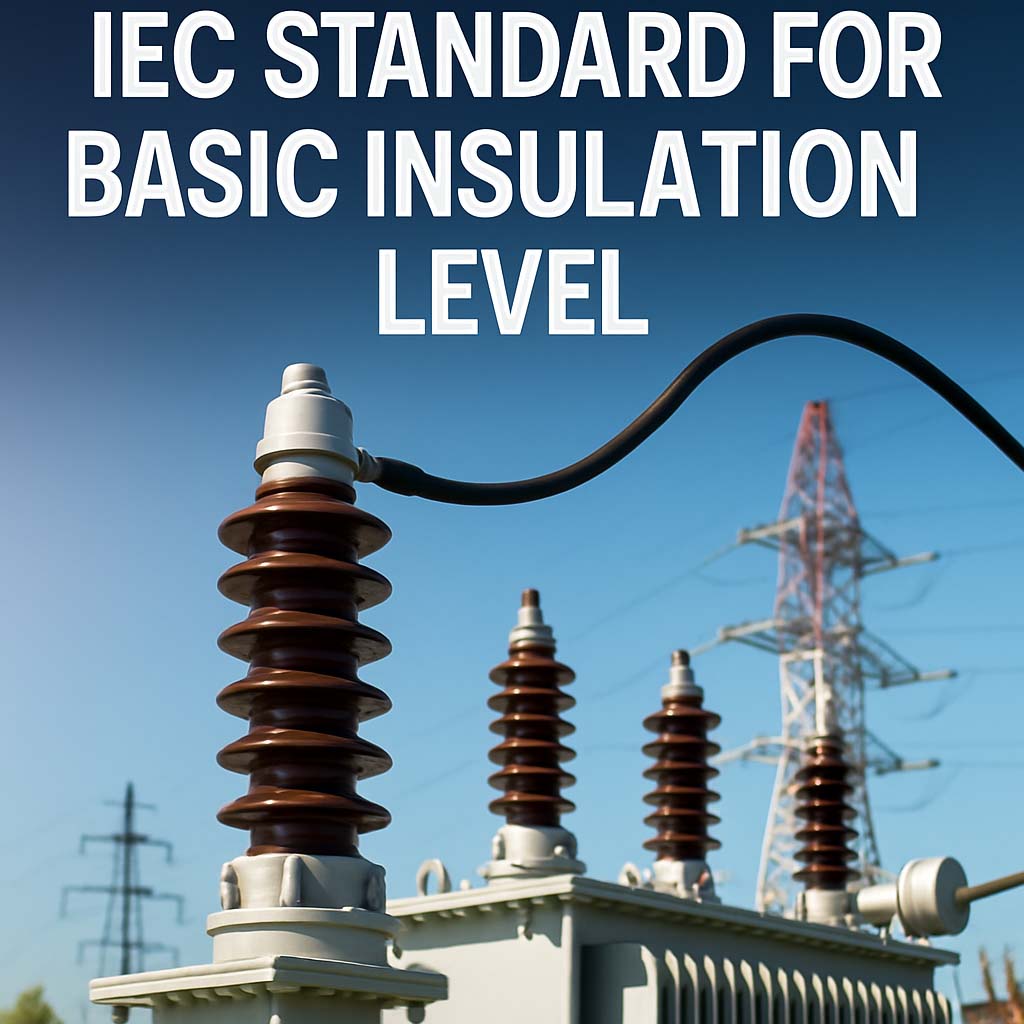
The IEC defines standard insulation levels based on system voltage. These levels guide engineers in selecting proper insulation ratings for transformers, circuit breakers, switchgear, and busbars. Choosing the right BIL helps in preventing dielectric failure under transient overvoltage conditions.
What is Basic Insulation Level (BIL)?
The basic insulation level is a reference voltage that the insulation of electrical equipment must withstand during short-duration high-voltage surges. It is typically expressed in kilovolts (kV). BIL indicates the capability of insulation to resist lightning and other transient overvoltages.
This value does not represent the continuous operating voltage. Instead, it shows the maximum voltage impulse the system insulation can endure for a very brief time. The waveform used for testing BIL is standardized — usually a 1.2/50 microsecond impulse (1.2 µs rise time, 50 µs fall time).
The higher the system voltage, the higher the required BIL. The insulation level is selected to prevent flashover or breakdown of equipment during abnormal conditions.
Know more about IEC Standard for Busbar Clearance
IEC 60071 – The Core Standard for BIL
The IEC standard for basic insulation level is primarily defined in IEC 60071, titled “Insulation co-ordination – Part 1: Definitions, principles and rules.” This standard provides the basis for choosing insulation levels in electrical power systems.
IEC 60071 divides insulation levels into several categories:
- Basic Insulation Level (BIL)
- Switching Impulse Withstand Level (SIL)
- Continuous Operating Voltage (Uo)
- Power Frequency Withstand Voltage (PFWV)
Among these, BIL is the most commonly referred term when specifying transformer and substation insulation.
The standard considers various surge conditions including direct lightning strikes, nearby lightning, and switching operations. It offers guidelines on how to assess system insulation and choose the correct BIL for each voltage class.
Technical Insights: How BIL is Measured and Applied
BIL is tested using standardized impulse waveforms generated in a high-voltage laboratory. The equipment is subjected to a series of impulse surges that simulate lightning or switching overvoltages. The insulation must survive these without flashover or puncture.
The typical waveform is 1.2/50 µs, where:
- 1.2 µs is the time to reach the peak voltage
- 50 µs is the time to fall to half of the peak
This test validates the dielectric strength of the insulation system. In substations, for example, busbars and disconnectors are selected based on BIL values to match the expected overvoltages.
Know more about IEC Standard for Battery Energy Storage System
Example:
| System Voltage (kV) | Standard BIL (kV peak) |
|---|---|
| 66 | 325 |
| 132 | 550 |
| 220 | 950 |
| 400 | 1425 |
| 765 | 1800 |
These BIL values are standardized by IEC to ensure consistency across equipment and systems.
Factors Affecting BIL Selection
The IEC standard for basic insulation level outlines several factors that influence BIL selection:
Altitude of installation: Higher altitudes reduce air insulation capability. Derating factors are applied above 1000 meters.
Pollution levels: In industrial or coastal environments, higher BIL may be required to handle surface contamination.
Overvoltage type: Lightning surges and switching surges have different waveforms and energy levels. Lightning surges usually dictate BIL values.
System grounding: Solidly grounded systems experience lower transient voltages compared to ungrounded systems. This impacts BIL requirements.
Protective devices: Surge arresters and shielding can reduce the overvoltage stress, allowing for lower BIL in some cases.
Each of these aspects is considered in the insulation coordination study as per IEC 60071.
Know more about IEC Standard for Busbar Sizing
Application of BIL in Power System Equipment
BIL applies to various components within a high-voltage system. Let’s explore its application across different equipment types.
1. Transformers
BIL is critical for the design of transformer windings and bushings. Higher voltage transformers require larger insulation clearances and better winding structures.
2. Switchgear and Circuit Breakers
These are tested for BIL to ensure they can survive lightning impulses. Insulation barriers and creepage distances are based on BIL values.
3. Busbars and Insulators
Outdoor and indoor busbar insulation depends heavily on BIL. The insulator material, length, and profile are selected based on required BIL levels.
4. Surge Arresters
Surge arresters are designed to limit the voltage reaching equipment. They must be rated just below the BIL to clamp the overvoltage and protect the system.
Know more about IEC Standard for Air Circuit Breaker
Importance of Adhering to IEC BIL Standards
Following the IEC standard for basic insulation level ensures uniformity and safety across international electrical networks. Proper BIL selection prevents flashover, damage, outages, and costly replacements.
Designers and engineers rely on these standards to ensure that all components within a system can tolerate expected overvoltages. If BIL is undersized, the equipment will fail under lightning strikes. If it’s oversized, the cost and size of equipment increase unnecessarily.
IEC 60071 strikes a balance between reliability and cost-effectiveness.
BIL and Insulation Coordination
Insulation coordination is the process of matching the insulation level of equipment with the overvoltage protection schemes. BIL forms the backbone of this coordination.
The insulation system must handle the residual voltage after surge arresters act. Therefore, coordination ensures that:
- Arresters limit voltage to below BIL
- Insulation withstands the residual voltage
- No flashover occurs under surge conditions
The IEC standard for basic insulation level is not just a test value—it’s a design philosophy built into the entire power system.
Know more about IEC Standard for Cable Lugs
Real-World Example: 132kV Substation Design
Let’s consider a 132kV substation. According to IEC standards:
- The BIL is 550kV
- Surge arresters are rated at 108kV (MCOV)
- Busbars and disconnectors are selected to match 550kV BIL
- Transformers are impulse-tested at the same level
This coordination ensures that during a lightning event, the surge arresters limit the voltage to around 450kV. Since this is below the BIL, no equipment is damaged.
Conclusion: Why IEC BIL Standards Matter
The IEC standard for basic insulation level is a cornerstone of safe and reliable electrical infrastructure. It protects high-voltage systems against surges caused by natural and operational events.
By following IEC 60071 guidelines, engineers can ensure the right balance between insulation strength, system protection, and economic feasibility.
Follow Us on Social:
Subscribe our Newsletter on Electrical Insights to get the latest updates in Electrical Engineering.
#IECStandard, #BasicInsulationLevel, #ElectricalSafety, #HighVoltageTesting, #InsulationCoordination, #IECStandards, #BIL, #SubstationDesign, #PowerSystemProtection, #TransformerInsulation, #SwitchgearSafety, #ElectricPowerSystems, #EngineeringStandards, #VoltageWithstand, #DielectricTesting



